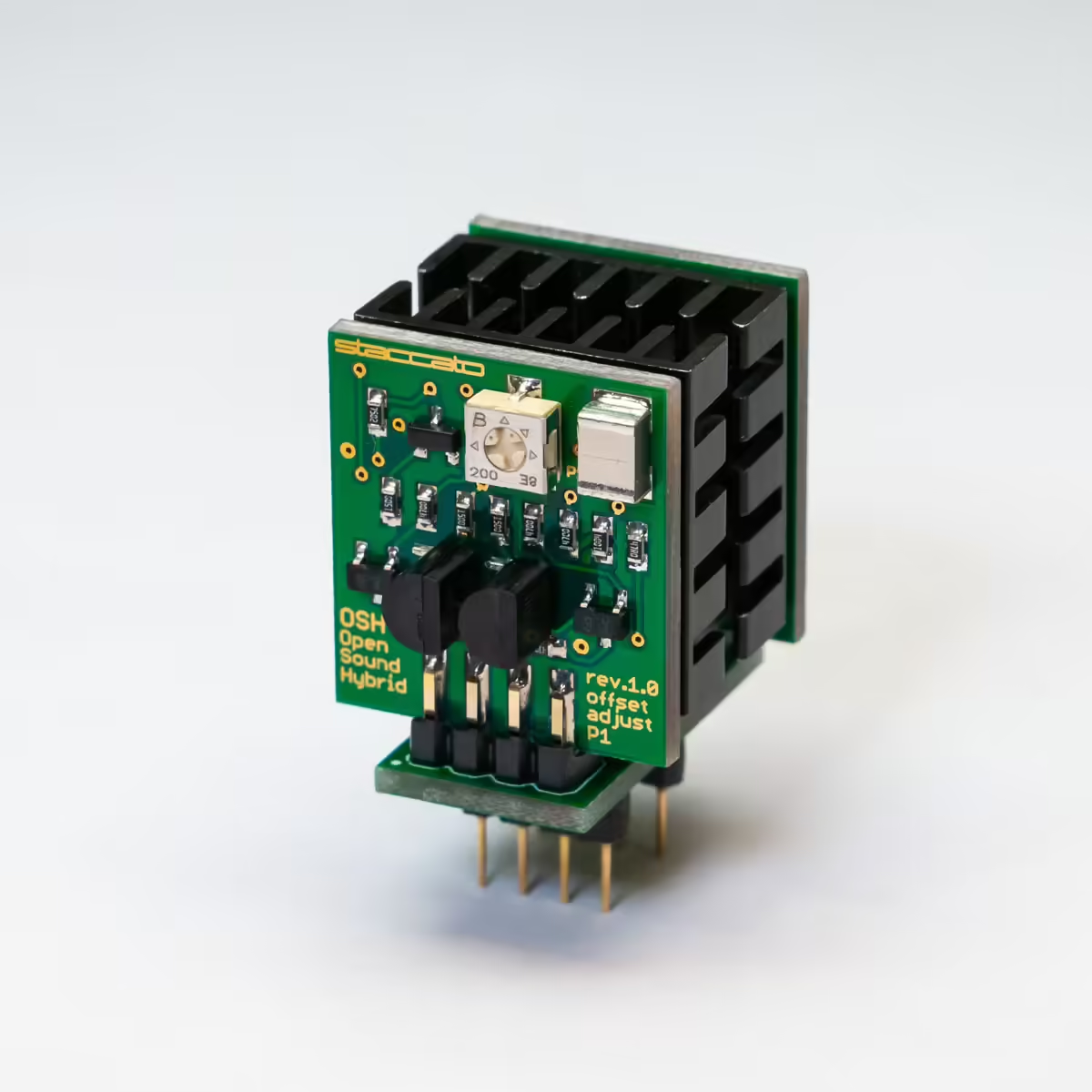Operational Amplifiers Purpose Key Parameters Unique Features of Discrete Op-Amps
Operational amplifiers, commonly known as op-amps, are the backbone of analog electronics. Whether you’re working on audio equipment, measurement devices, or signal processing circuits, understanding the function and characteristics of op-amps is essential for both hobbyists and professional engineers.
What is an Operational Amplifier?
An operational amplifier is a high-gain electronic voltage amplifier with differential inputs (inverting and non-inverting) and typically a single-ended output. Op-amps are designed to amplify the voltage difference between the two input terminals.
Basic Op-Amp Applications:
- Signal amplification
- Active filters
- Oscillators
- Analog mathematical operations (addition, subtraction, integration, differentiation)
- Comparators
- Voltage followers (buffer stages)
- Audio preamplifiers and equalizers
- Precision measurement equipment
Key Parameters of Operational Amplifiers
- Gain-Bandwidth Product (GBP): Indicates the frequency range over which the op-amp can provide usable gain.
- Input Offset Voltage: The small voltage difference required between the inputs to make the output zero.
- Input Bias Current: The current flowing into the input terminals.
- Common-Mode Rejection Ratio (CMRR): Measures the ability to reject common-mode signals (noise) present on both inputs.
- Slew Rate: The maximum rate at which the output voltage can change.
- Input Impedance: High input impedance ensures minimal current draw from the source.
- Output Impedance: Low output impedance allows the op-amp to drive heavy loads.
- Noise Performance: Important for low-level signal applications like audio and sensor amplification.
- Power Supply Rejection Ratio (PSRR): The ability to suppress variations in the power supply voltage.
- Thermal Stability: How well the op-amp maintains its parameters over temperature changes.
Discrete Operational Amplifiers: A Class of Their Own
While most modern op-amps are built as integrated circuits (ICs), there is a special category known as discrete operational amplifiers. These op-amps are constructed from individual transistors, resistors, and capacitors, carefully hand-selected or designed on a PCB or within a modular block.
Why Are Discrete Op-Amps Special?
Discrete op-amps are often used in high-end audio, precision measurement, and custom analog circuits where performance can surpass the limitations of mass-produced ICs. They allow designers to fine-tune each component for optimal sound quality, speed, and stability.
Top 10 Unique Features of Discrete Operational Amplifiers
- Customizable Components
- Superior Audio Fidelity
- Higher Power Handling
- Better Thermal Management
- Lower Noise Floor (with Premium Components)
- Higher Slew Rates
- Serviceability and Upgradability
- Mechanical Robustness
- Tailored Circuit Topologies
- Exclusivity and Craftsmanship
Discrete vs. Integrated Op-Amps: Which Should You Choose?
| Feature | Discrete Op-Amps | Integrated Op-Amps |
|---|---|---|
| Customization | High | Low |
| Cost | Higher | Lower |
| Size | Larger | Compact |
| Audio Quality | Potentially Superior | Good to Excellent |
| Maintenance | Repairable | Typically non-repairable |
| Power Consumption | Higher | Optimized |
| Thermal Handling | Better | Limited by IC size |
For general-purpose circuits, portable devices, and cost-sensitive designs, integrated op-amps are the clear choice. However, if you’re designing a high-end audio system, precision laboratory equipment, or simply want the ability to fine-tune every aspect of performance, discrete op-amps are a compelling option.
Conclusion
Operational amplifiers are one of the most versatile and essential components in electronics. Whether in their compact integrated form or as finely crafted discrete assemblies, op-amps continue to shape the analog world around us.
For audio enthusiasts, engineers, and hobbyists who crave ultimate control and superior performance, discrete operational amplifiers offer a unique path to achieving exceptional sound and signal fidelity.
If you’re considering building or upgrading an analog circuit, understanding the unique characteristics of discrete vs. integrated op-amps will help you make the best design choices for your specific needs.



Sorry, the comment form is closed at this time.